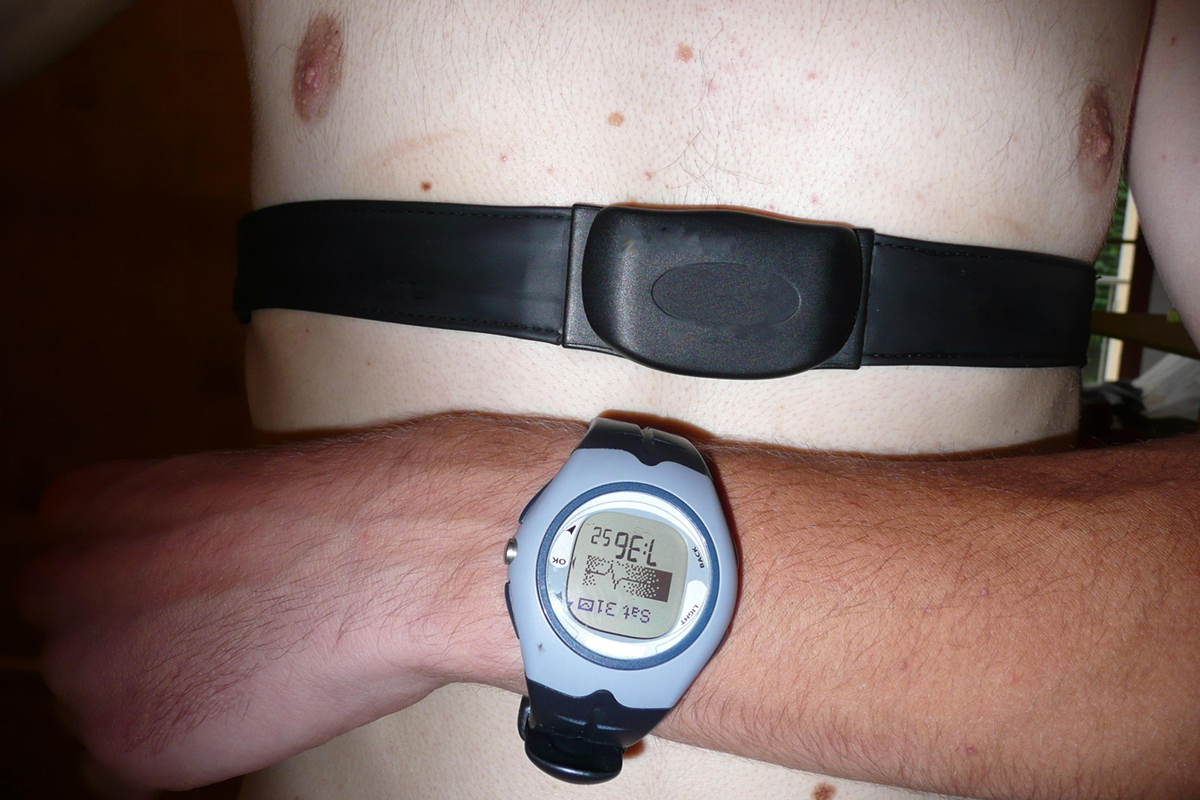
Why to measure pulse?
Pulse rate is referred to as a number of beats (or contraction and expansion cycles) your heart has in one minute. It varies according to age, gender (men have a bit lower resting heart rate and maximum heart rate than women), and level of physical fitness. It is also a very good indicator of a person's overall health as people who havea high resting heart rate (this would be over 75 beats per minute) have three times as much chance to suffer (and eventually die) from heart attack. Measuring your pulse will give you a good idea where you are.
How to measure pulse?
You can measure the pulse with your fingers, or with a heart rate monitor. Since, your fingers are handy we will describe how to measure your pulse with fingers.
Pulse can be felt on any artery (you feel a pressure wave from the heart's contraction that travels through the arteries) that passes over a bone, but it is common to feel for pulse on the artery in the inner wrist, some two fingers width below the root of the thumb, or on the or the side of your neck (remember the horror flicks - feel for pulse where you see the vampire's bite on the neck). Feel for pulse with index and middle finger, not with your thumb, as its pulse can mangle with the measurement. Once you feel the pulse, count the number of beats in 15 seconds. Multiply it with four, and you have your current heart rate.
When to measure heart rate?
Heart rate is measured at rest, ideally in the morning, when you have just woken from your sleep, as heart rate is at its lowest at that time. Well, it is even lower when you are in deep sleep but you can obviously not measure it at that time without a heart rate monitor. In adults, normal values are between 60 and 100 beats per minute. In athletes or fit persons, resting rate can be well below 60 beats per minute, indicating a more efficient heart (similar to a car engine, it is better to have it idling at 800 rpm than at 2000 rpm).
Maximum Heart Rate
For nonprofessional purposes, maximal heart rate is calculated by subtracting your age from 220 if you are a male or from 226 if you are a female. Medical experts advise that target heart rate when exercising should be between 70 and 85 percent of your maximal pulse. This is the zone of the so-called cardio exercise, when your metabolism is peaking and your heart is not pushed to the limits.
What to do to lower your heart rate
The heart "learns" to be efficient by being forced to work hard. That is why you should exercise in the recommended zone with short bursts of training in the zone of the maximum pulse, ie. alternate jogging and sprinting. Loosing fat also eases the workload for the heart and makes it beat slower at the same level of effort. As it is proven that men with lower heart rate are healthier than those with higher health rate, you should strive to shape up your heart.






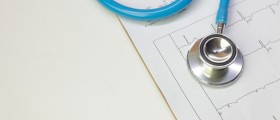





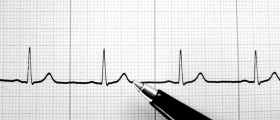
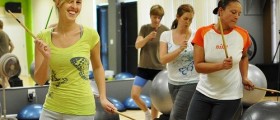
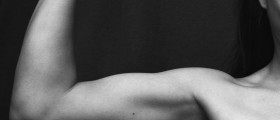
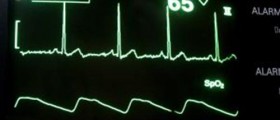

Your thoughts on this
Loading...